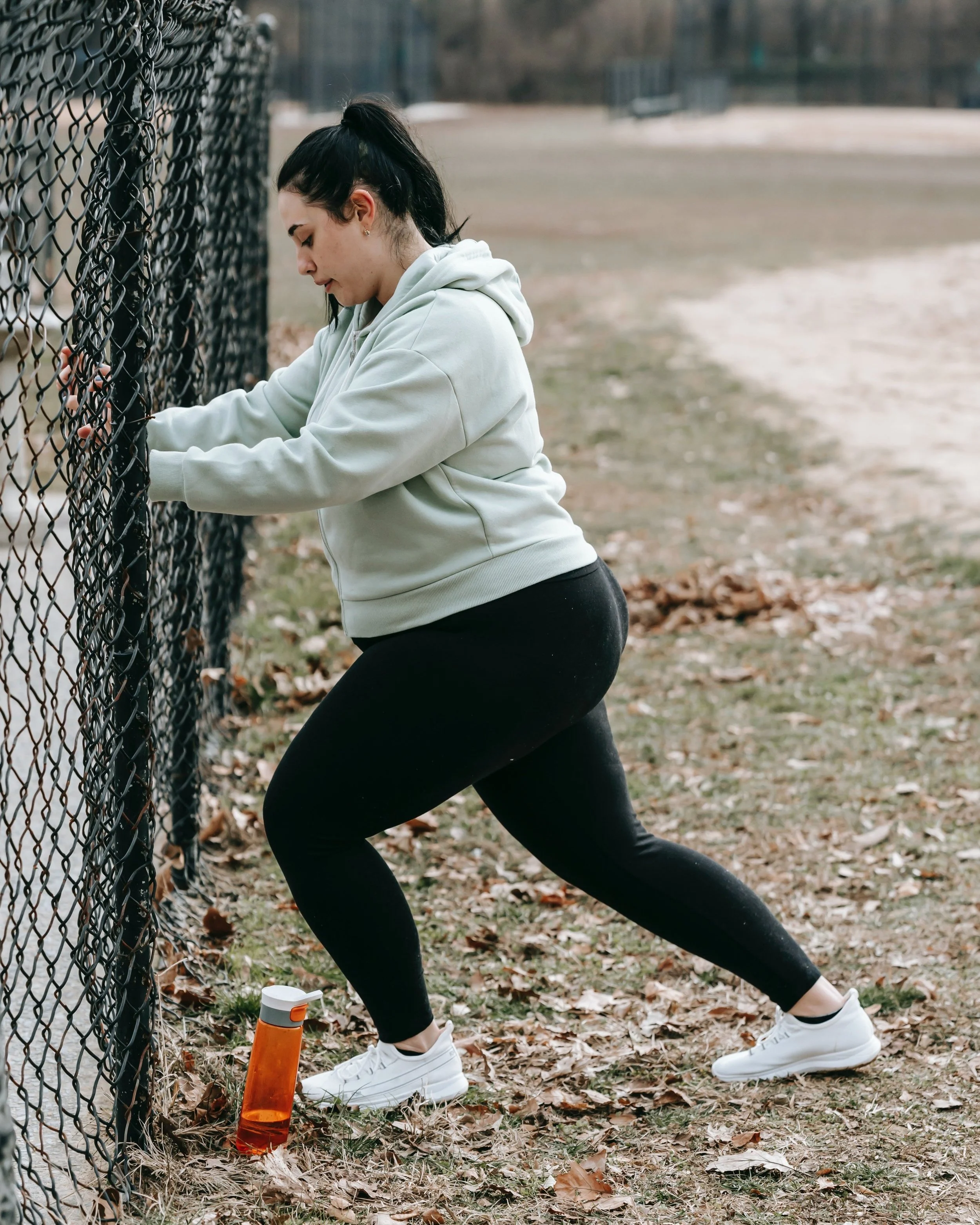You Probably Don't Need Kegels After Your Hysterectomy…
When you hear pelvic floor, do you immediately think "kegels"?
Yep. Most people do! So they just start doing them, assuming that hysterectomy = weak pelvic floor.
It actually doesn't always work that way, and kegels can sometimes worsen the bladder symptoms, pain, and tightness that can happen after a hysterectomy. Especially in the immediate healing period.
So what should you do instead of kegels? Here are 3 tips!
#1 Learn to coordinate your pelvic floor + abdominal wall with breathing.
With each breath IN, a healthy pelvic floor will go down. With each breath OUT, it will go UP while the deep core muscles engage lightly. Re-training this coordination is so much more effective for relieving pain, restoring mobility, + restoring abdominal wall integrity.
Think of it this way… If you had a bicep tendon repair, would you start by squeezing your bicep hard in isolation? NOPE! You'd start with a gentle range of motion + strengthening of the surrounding muscles around the wrist and shoulder.
With a hysterectomy, there's no need to maximally contract the pelvic floor, especially right away. The place to start is by strengthening the things around it.
#2 Stability exercise that incorporates the pelvic floor into real life activity.
Before you learned about the pelvic floor, did you ever consciously squeeze the muscles down there? Probably not.
A healthy pelvic floor works subconsciously. It should engage automatically when you sneeze to prevent leaking, and it should be active when you're bearing weight, especially on one leg.
The best pelvic floor exercise retrains the pelvic floor to work in this automatic fashion. Things like lunges, balance and agility exercises, and balance and foot strengthening work (fun fact: the nerves that supply the foot and ankle ALSO supply your pelvic floor - they're that connected).
#3 Clean up your bathroom habits.
Unfortunately, no one EVER teaches us about our parts in school. Here's the summary:
The biggest cause of scary stuff like prolapse and incontinence is chronic strain over time. For some people, this chronic strain comes from extreme sports.
For most of us, it happens in the bathroom! Chronic constipation, pushing to urinate, getting stuck in Tik Tok holes while sitting on the toilet, hovering over the toilet seat, or rushing your bowels can ALL cause straining.
Spending your time + mental energy fixing these things is usually more beneficial for most people than kegels!
Disclaimer: Some people DO need kegels. In certain cases of incontinence, nerve damage, and some other scenarios, they can be helpful. But I'd venture to estimate that 95% of my clients do not need kegels within the first 6 weeks after surgery, like most hospital pamphlets will advise.
To learn more about how I can help you, get in touch with me here.


